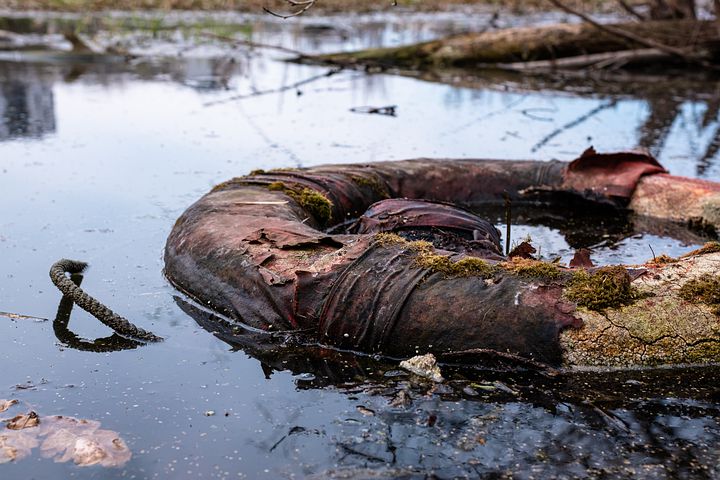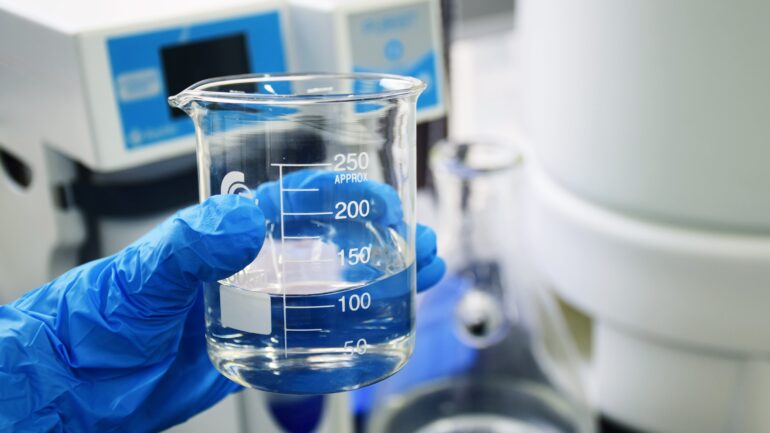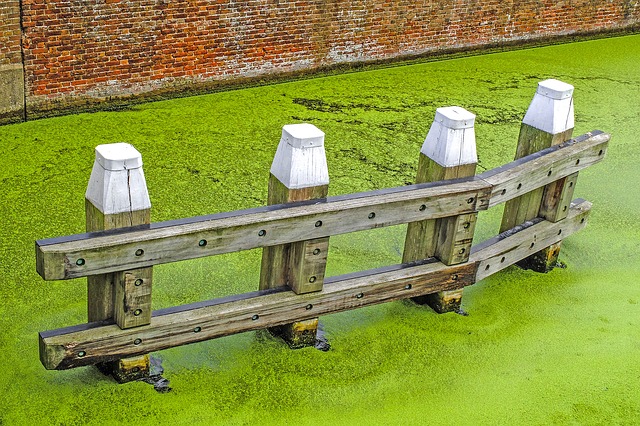By Hoang-Nam Vu, Staff Writer for Save The Water™ | December 18, 2016
Water contamination treatment and alleviating the detrimental effects of water contamination are two of the most pressing issues the United States currently faces. Mitigating the effect we have on water–-and the effects water has on us–-is essential to improvements in our communities. However, the detection and identification of water contaminants tends to receive less attention. How can we reduce water contamination if we don’t know what contaminants to target?
It is similarly important that as we improve our water cleanup technology, we also improve our contamination detection and identification technology. A recent study from the Lawrence Berkeley National Laboratory, published in Water Research, may contribute to boths improvements immensely.
Current detection methods don’t yield the best results
Current, conventional methods of water contamination detection include the collection of samples, followed by the culturing of these samples, and the subsequent examination of bacterial growth (such as that of E.coli and Enterococcus). While these methods provide a reasonable representation of contamination, they are non-distinguishable, meaning that the bacteria they could detect may not be particularly harmful to humans.
Additionally, these methods are best used in the detection of point-source contamination (when water contamination can be traced back to a single point). Nonpoint-source contamination is currently a more prominent and pressing area of concern. When researchers ran similar tests to current methods in the Russian River watershed in Northern California, they affirmed that current methods “both failed to detect some potentially hazardous bacteria and incorrectly indicated some non-hazardous bacteria.”2 These flaws spurred researchers at Berkeley Lab to develop a better method–a technological innovation they dub the PhyloChip.
New methods point toward better contamination detection
The PhyloChip is a “credit-card sized device capable of detecting presence of over 60,000 species of bacteria and archaea.”2 The Phylochip can provide a comprehensive overview of the microorganisms in a sample by following information from a reference library. This reference library indicates numerous microbial communities found in the fecal samples of various animals, sewage, and septage (all of which were found in aquatic environments). The method has already been used to better comprehend the ecology of coral reef ecosystems, air pollution, and water pollution following the Deepwater Horizon oil spill in 2010.
The PhyloChip is just one of the latest developments in water contaminant detection and pinpointing methods in relation to point- and nonpoint-source water pollution. A more commonplace method may be one developed by researchers at the University of Houston. They developed a smartphone-based, cheap form of fluorescent microscopy. This method that can currently explain the presence of pathogens related to intestinal infection such as Giardia lamblia and Cryptosporidium parvum. Provided attachment kits utilize a lens that “allows the user to control the light spectrum emitted, fine-tuning it to make different pathogens visible under magnification.”1 These attachments hold the potential to become widespread water contaminant detection applications and could directly benefit the public .
Despite these advancements, there is much more that needs to be done. While the PhyloChip improves on conventional methods of water contamination source identification and specific water contamination recognition, a widespread implementation has yet to be achieved. Additionally, other improvements are waiting to be made.
Fluorescent microscopy lenses, while cheaper, have yet to be refined and applicable to a wide range of contaminants. There also still lies the issue of alleviating water contamination once the contaminants are detected. However, the bright side is that we are not only improving our ability to mitigate the negative implications of water contamination, but also our ability to pinpoint which specific contaminants to target.
References
- University of Houston. November 8, 2016. “People power: Technology allows smartphone-based water testing.” Phys.org. http://phys.org/news/2016-11-people-power-technology-smartphone-based.html
- Lawrence Berkeley National Laboratory. October 4, 2016. “New technology helps pinpoint sources of water contamination.” Science Daily. https://www.sciencedaily.com/releases/2016/10/161004141522.htm





